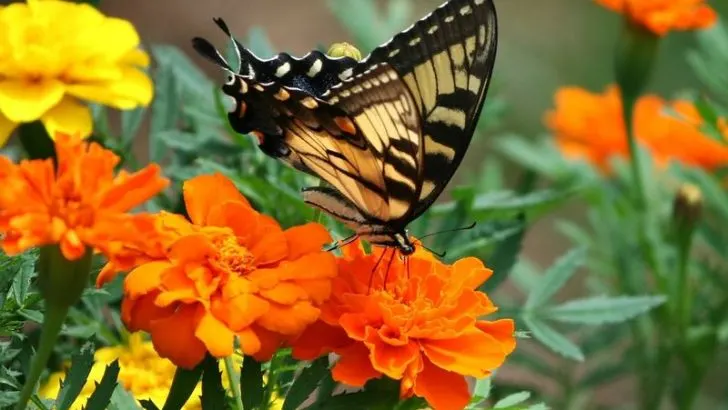Creating a butterfly-friendly garden is a rewarding way to bring beauty and life to your outdoor space. By planting flowers that attract and nourish butterflies, you can support these important pollinators while adding vibrant colors to your yard.
Growing butterfly-friendly flowers from seeds is not only cost-effective but also allows you to choose varieties that thrive in your local environment.
Whether you’re a seasoned gardener or a beginner, these 12 easy-to-grow flowers will transform your garden into a haven for butterflies and provide endless delight as you watch them flutter about.
Zinnia
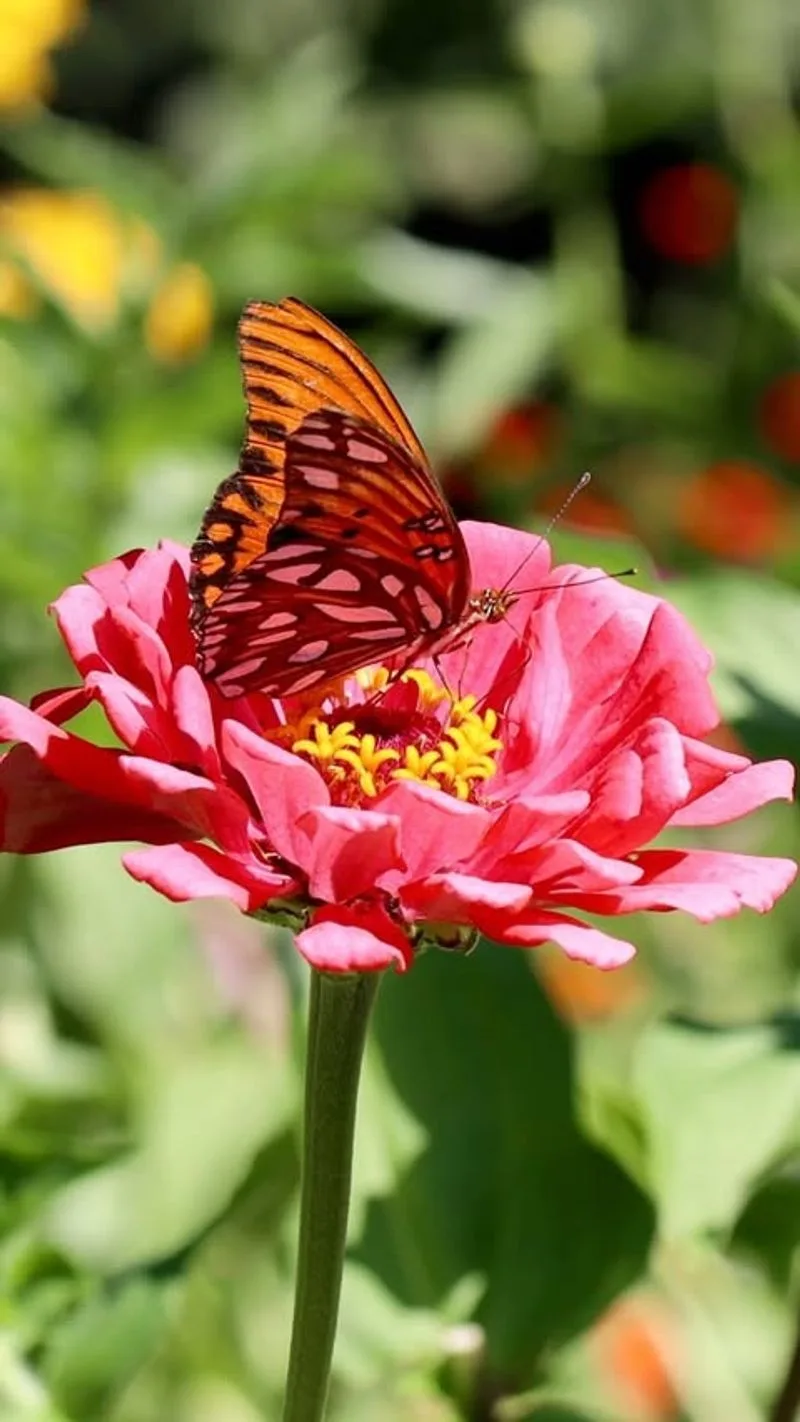
Known for their vibrant colors, zinnias attract butterflies effortlessly. Their daisy-like flowers bloom in various hues, offering a delightful palette for your garden. Easy to grow, zinnias require minimal care and thrive in direct sunlight. Plant them in well-drained soil and watch as they burst into color. They bloom throughout summer, providing continuous nectar for visiting butterflies. Regular deadheading encourages more blooms. In addition to their beauty, zinnias’ long-lasting flowers make them perfect for cutting and bringing a piece of the garden indoors. A joyful addition to any space, they never fail to impress.
Coneflower
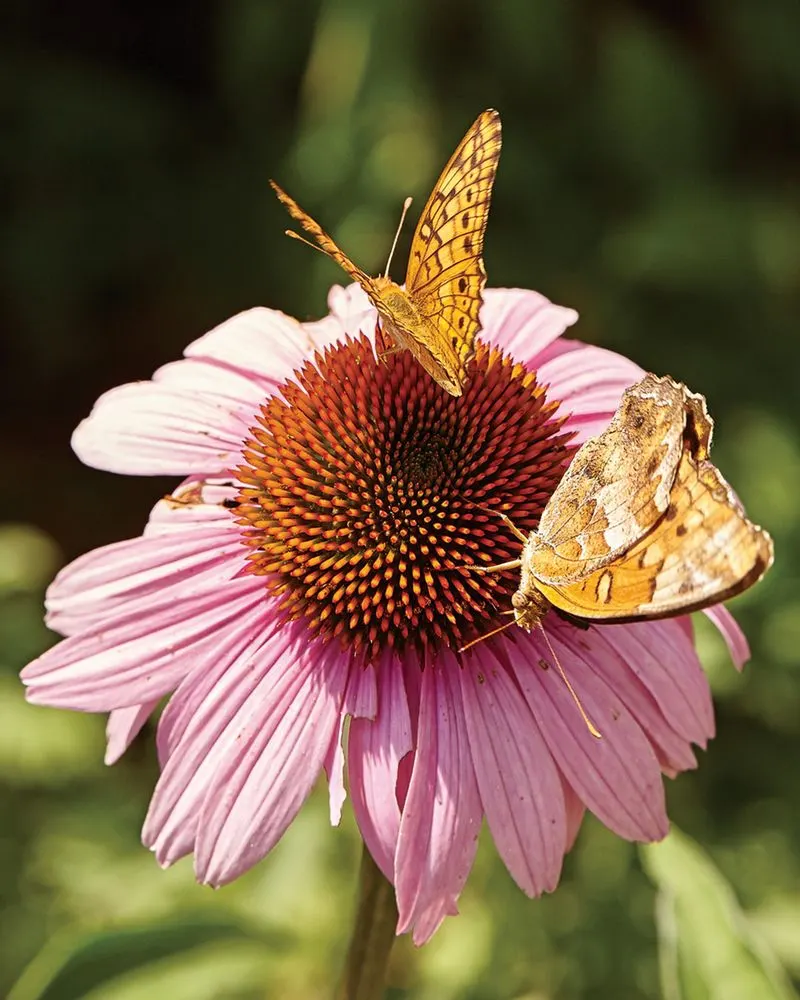
Coneflowers, particularly the purple variety, are a favorite among butterflies. These hardy perennials stand tall, showcasing their daisy-like heads. Their spiky centers offer a unique texture that contrasts beautifully with their smooth petals. Preferring sunny spots, coneflowers are drought-resistant and adapt well to various soils. They’re not just eye-catching; these flowers provide a reliable food source for pollinators. In colder regions, coneflowers can survive frost, making them a versatile choice for gardens. Their seed heads, if left uncut, serve as winter food for birds, adding another dimension to their charm.
Lantana
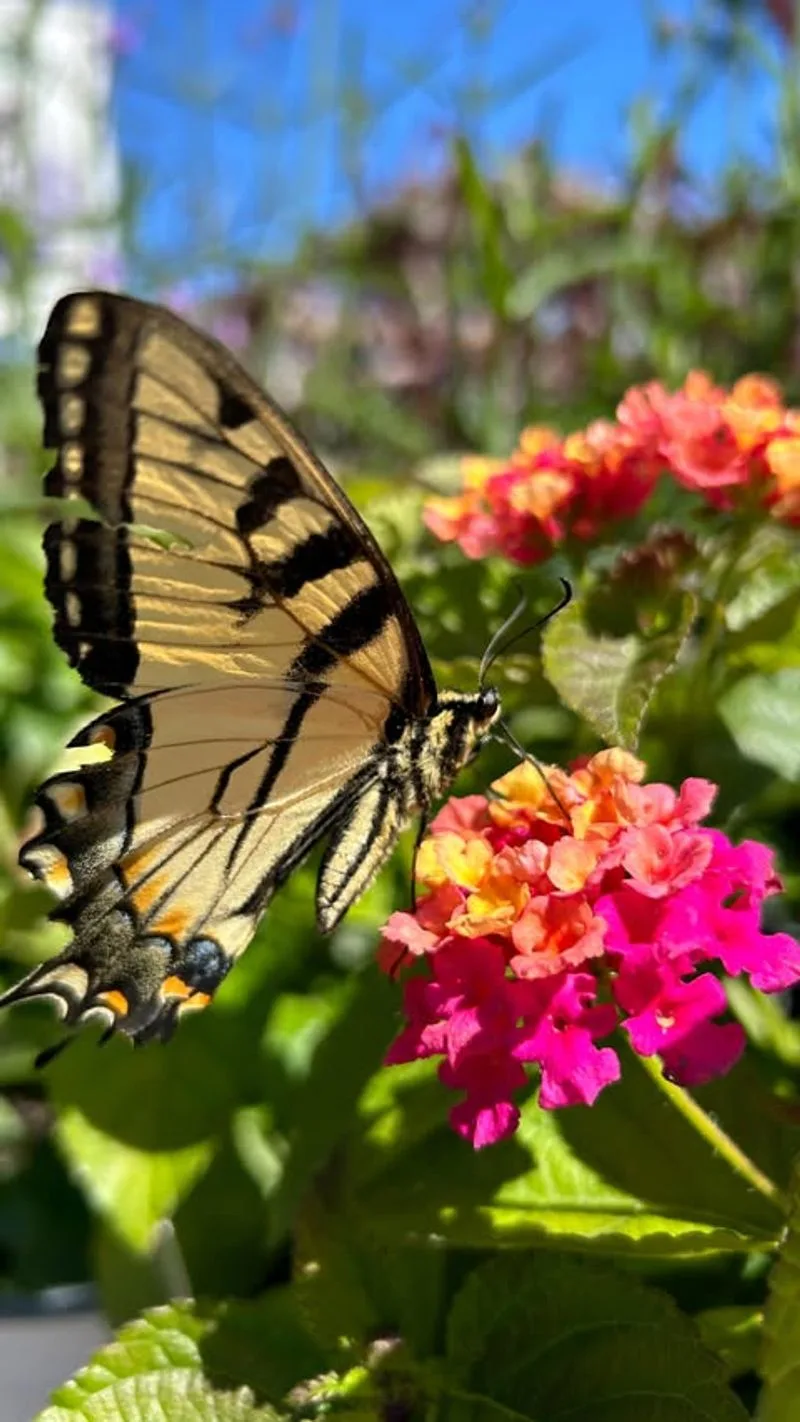
Lantanas are a butterfly magnet, offering clusters of tiny flowers in bold colors. Their vibrant hues range from sunny yellows to deep reds. These flowers thrive in warm climates and require little maintenance. Well-suited for pots or garden beds, lantanas flourish in full sun. Their ability to withstand drought makes them ideal for dry regions. Regular pruning encourages dense growth and more blooms. As they bloom from spring through fall, lantanas consistently supply nectar for butterflies. Their flexible nature and striking appearance make them a popular choice among gardeners aiming to attract pollinators.
Butterfly Bush
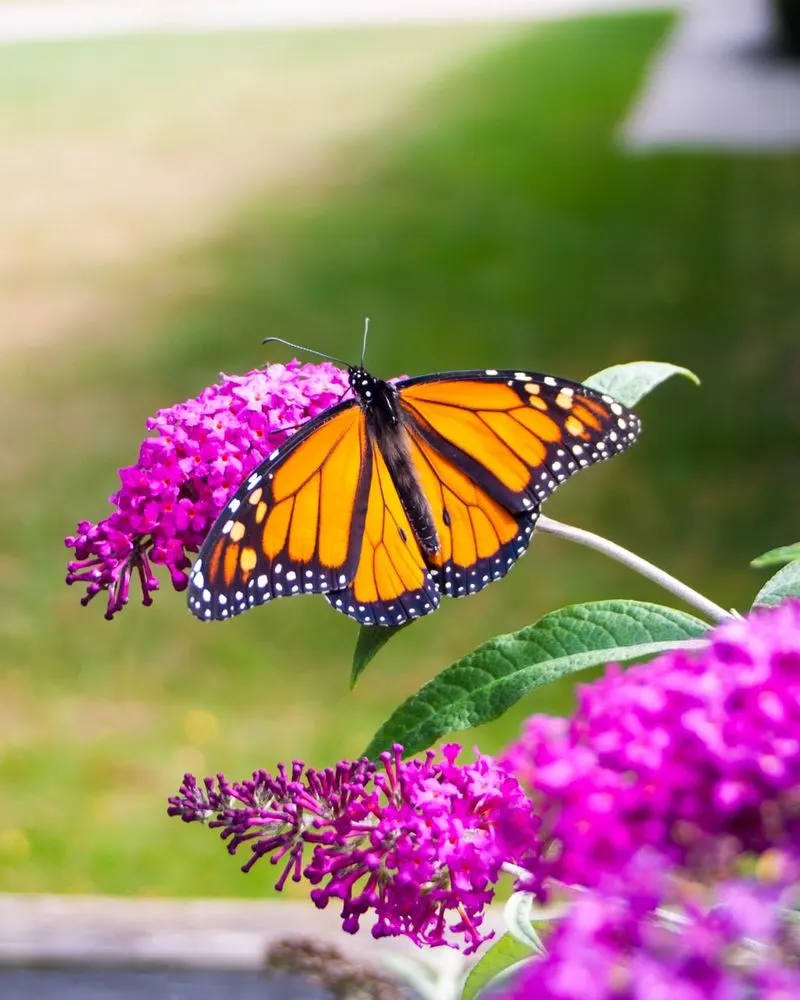
The butterfly bush, true to its name, is irresistible to these winged visitors. Its elongated clusters of flowers come in shades of purple, pink, and white. Thriving in full sun, this shrub is drought-tolerant and grows in diverse soils. Pruning in early spring promotes vigorous growth and abundant blooms. As a fast-growing plant, it quickly becomes a focal point in any garden. Butterfly bushes bloom from summer through fall, providing a consistent source of nectar. Their enchanting presence not only invites butterflies but also adds an appealing structure to outdoor spaces.
Marigold
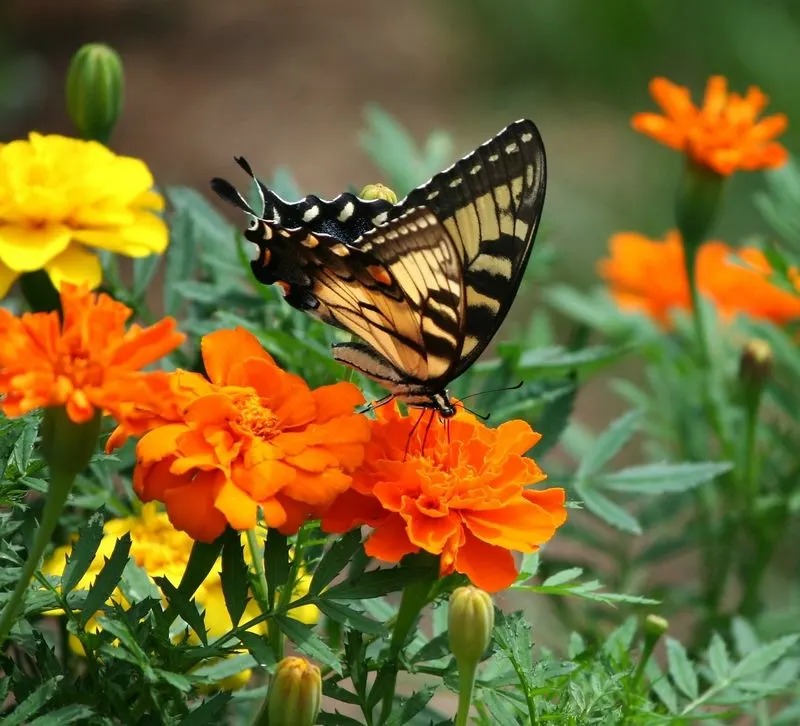
Marigolds are a garden staple, celebrated for their vibrant oranges and yellows. These flowers are not only easy to grow but also play a crucial role in attracting butterflies. Thriving in sunny locations, marigolds need well-drained soil to flourish. Regular watering enhances their growth, ensuring they bloom from spring until frost. Besides their visual appeal, marigolds deter garden pests, acting as natural protectors for other plants. Their strong scent is a bonus, adding a sensory layer to gardens. Perfect for borders or containers, marigolds offer a cheerful splash of color that never goes unnoticed.
Cosmos
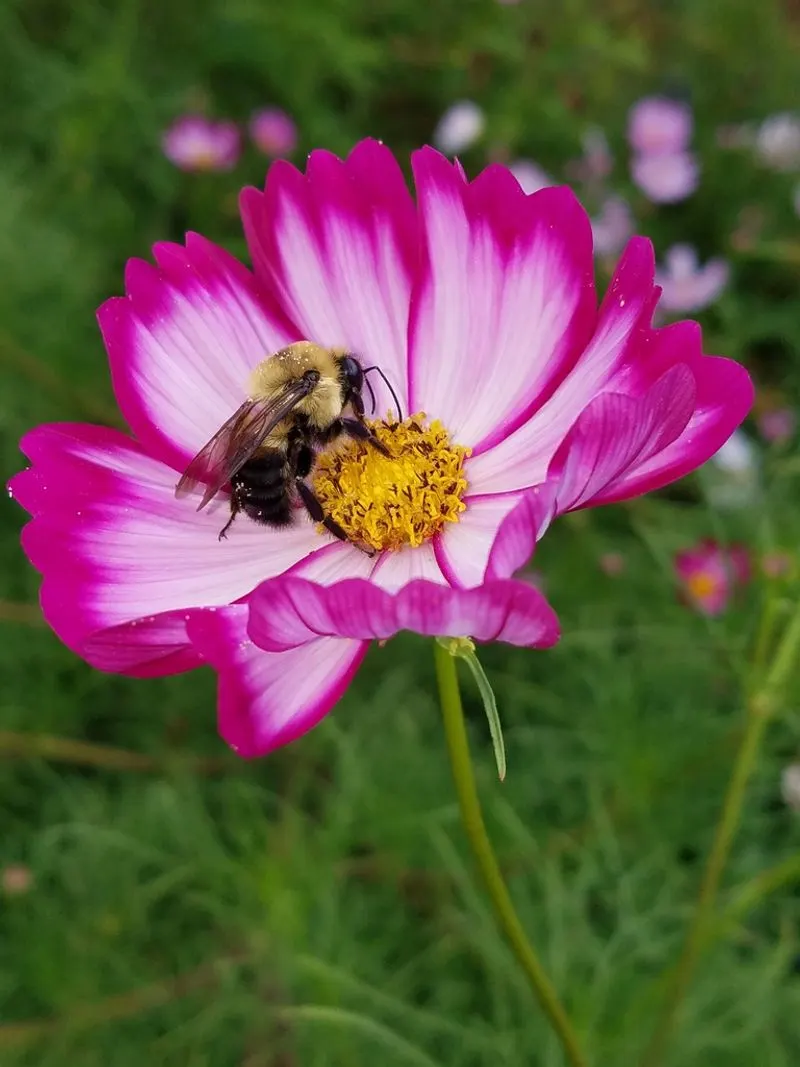
Cosmos are a delightful addition to any butterfly garden, offering airy, daisy-like blooms. Their feathery foliage provides an elegant backdrop. These flowers come in a palette of pinks, whites, and purples. Preferring full sun, cosmos grow well in average soils. They’re drought-tolerant once established, making them low-maintenance. Regular deadheading prolongs their blooming period from summer to fall. Their charming sway in the breeze adds movement to gardens. Cosmos easily self-seed, returning year after year. An effortless choice for gardeners, they promise both beauty and a reliable butterfly attraction.
Alyssum
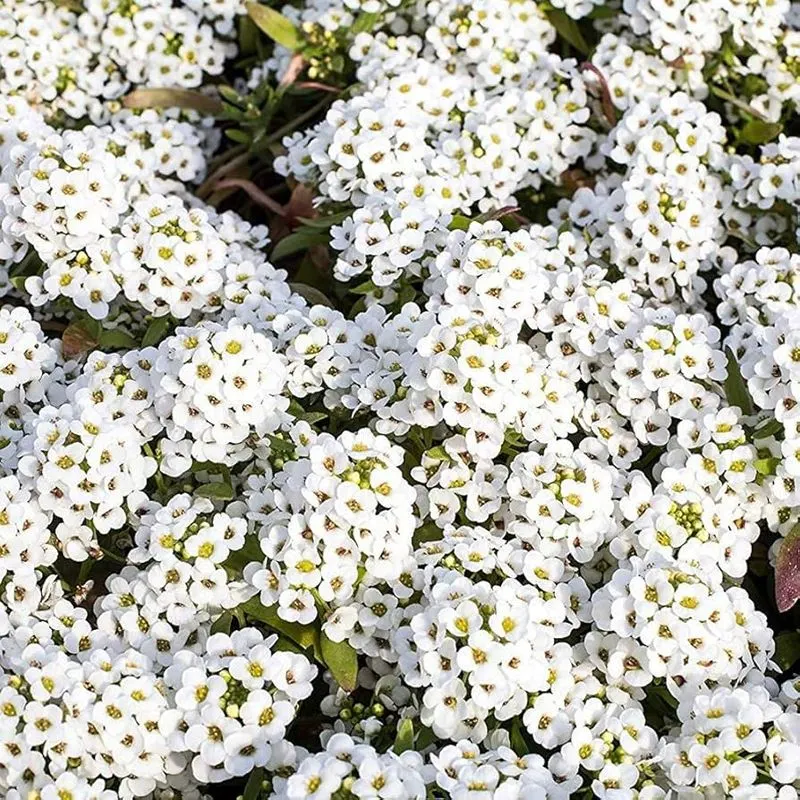
Alyssum forms a fragrant carpet of tiny flowers, perfect for attracting butterflies. Their sweet scent and compact size make them ideal for borders or as ground cover. Alyssum blooms in white, pink, and purple shades, adding subtle elegance to gardens. These plants thrive in sunny locations and are surprisingly drought-tolerant. They require minimal care, flourishing even in poor soils. Blooming from spring to fall, alyssum offers a continuous nectar source. Their delicate blooms not only attract butterflies but also add a soft texture, enhancing the overall garden aesthetic.
Sunflower
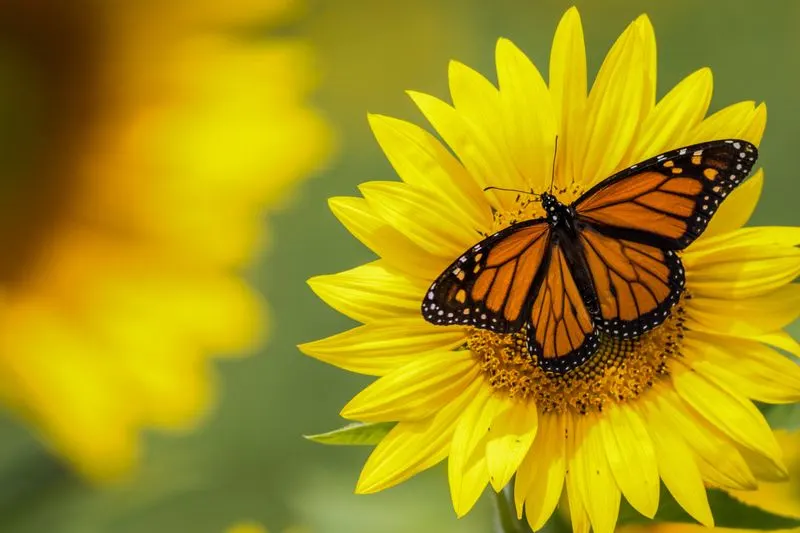
Sunflowers are synonymous with summer, their towering stalks and bright heads capturing attention. Beyond their visual appeal, they attract butterflies with ease. These flowers thrive in sunny spots and well-drained soil. Their sturdy nature withstands strong winds, making them a reliable garden feature. Sunflowers bloom over an extended period, providing a lasting food source for pollinators. As the season progresses, their seeds become a treat for birds. Tall varieties can serve as natural screens or backdrops, while dwarf types fit well in smaller gardens. Sunflowers bring joy and ecological benefits to any landscape.
Verbena
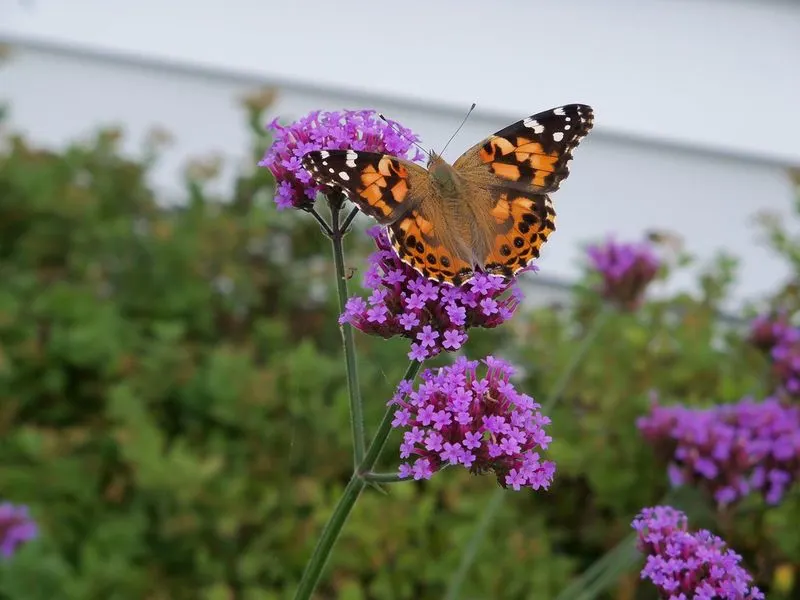
Verbena offers enchanting clusters of small flowers, perfect for sunny gardens. Their vivid colors range from purple to pink, creating eye-catching displays. These plants are drought-tolerant and thrive in well-drained soil. Requiring minimal maintenance, verbena continues to bloom throughout the warm months. Regular trimming encourages new growth and enhances their vibrancy. As a butterfly favorite, verbena ensures a lively garden atmosphere. Their long-lasting blooms are ideal for adding splashes of color to borders or containers. For gardeners seeking a low-effort, high-impact plant, verbena is an ideal choice.
Black-Eyed Susan
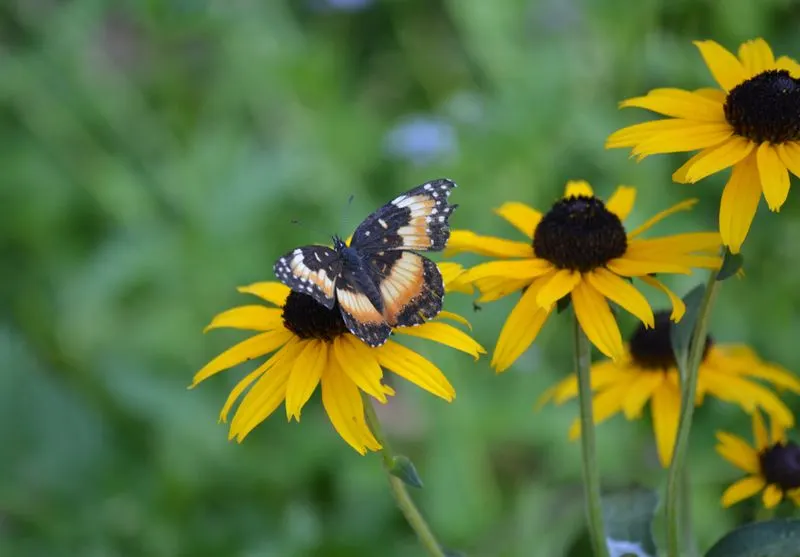
Black-eyed Susans bring cheer with their sunny yellow petals and dark centers. These resilient perennials are perfect for attracting butterflies. Growing well in full sun, they prefer well-drained soils but can tolerate drought. Blooming from mid-summer to fall, they provide an extended nectar supply. Their daisy-like flowers sway gently in the breeze, adding movement and life to gardens. Black-eyed Susans work well in borders or wildflower gardens. Their vibrant hues and low maintenance make them a popular choice for gardeners looking to create butterfly-friendly habitats.
Milkweed
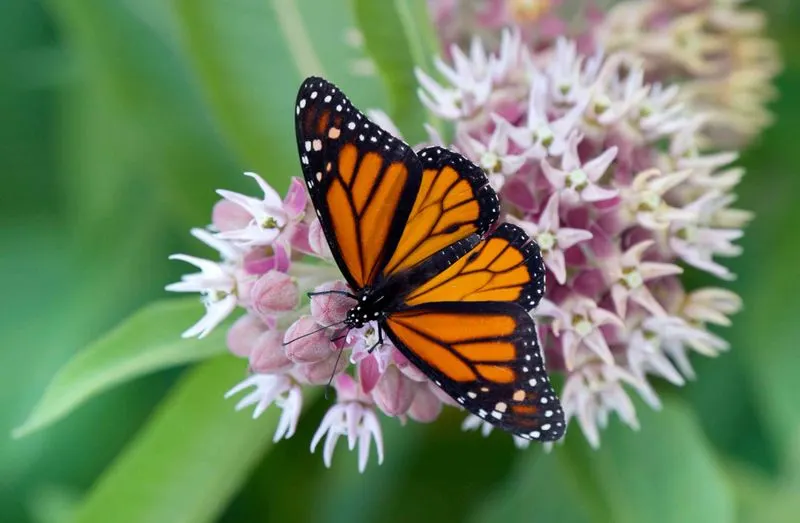
Milkweed is essential for monarch butterflies, providing both nectar and a breeding ground. These plants are easy to grow, flourishing in sunny areas with well-drained soil. Their clusters of pink, orange, or white flowers bloom throughout summer. Beyond attracting monarchs, milkweed supports other pollinators. As a perennial, it returns annually, requiring minimal care. Allowing seed pods to form and disperse encourages natural growth cycles. Milkweed’s dual role as a food source and habitat makes it indispensable for butterfly gardens, supporting biodiversity and conservation efforts.
Lavender
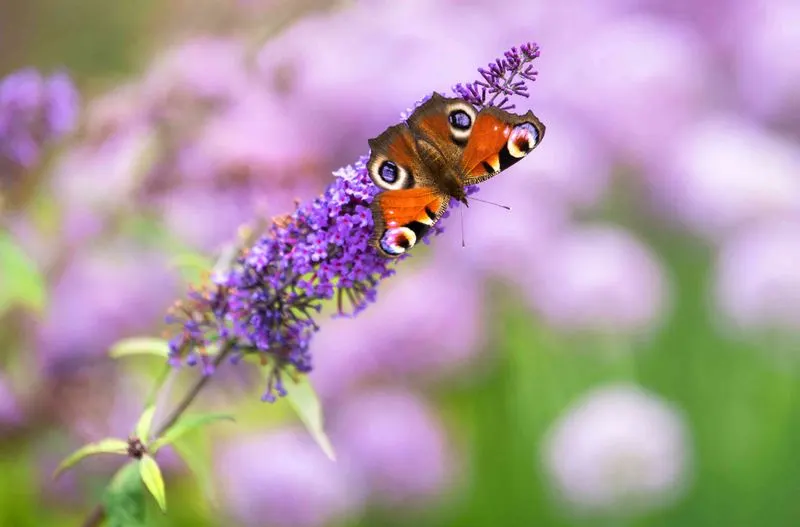
Lavender brings serenity with its soothing scent and purple blooms. This perennial is a butterfly favorite, thriving in sunny, well-drained spots. Once established, lavender is drought-tolerant, making it a low-maintenance addition. Blooming from late spring to early summer, it provides a seasonal treat for pollinators. Pruning after flowering encourages bushier growth and prolongs its life. Lavender’s versatility extends beyond attracting butterflies; it’s used in culinary, medicinal, and decorative applications. Whether lining a walkway or filling a pot, lavender’s charm and utility make it a garden staple.

